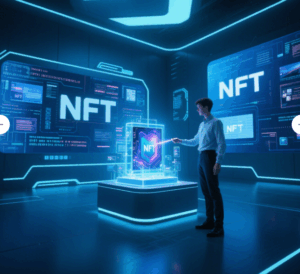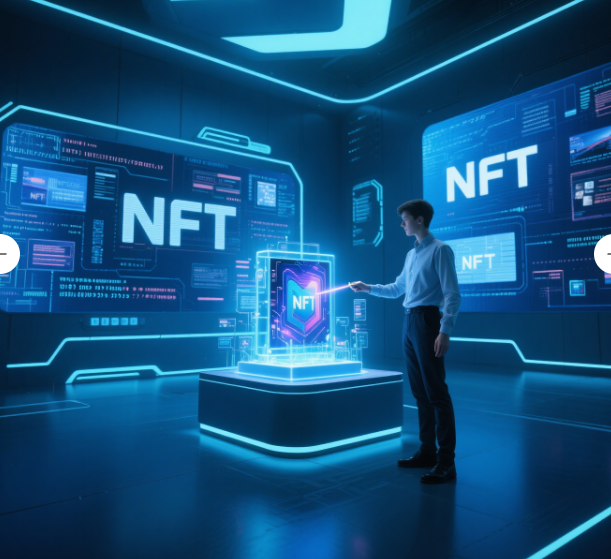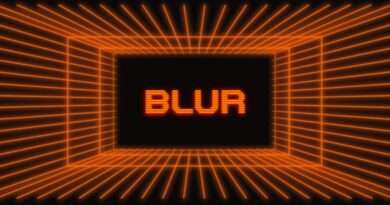What Is an NFT? Demystifying Digital Ownership
NFTs: A New Era of Digital Ownership
A non-fungible token (NFT) is a unique digital identifier recorded on a blockchain that certifies ownership and authenticity, distinguishing it from interchangeable cryptocurrencies. Unlike ETH or BTC, which are fungible, each NFT carries distinct metadata, making it impossible to copy, substitute, or subdivide. This immutability underpins the value proposition of NFTs as digital “collectibles,” ranging from artworks and music to virtual real estate.
Behind the Scenes: How NFTs Work
At the heart of every NFT lies a smart contract—a self-executing code on platforms like Ethereum—that mints tokens by embedding unique identifiers and links to digital assets. When an NFT is created, the smart contract writes metadata (e.g., title, creator, provenance) onto the blockchain, where it remains tamper-proof. Buyers interact through specialized marketplaces such as OpenSea and Rarible, where transactions trigger on-chain events that transfer token ownership instantly .
Navigating the NFT Landscape: Market Trends and Volatility
The NFT market has proven volatile. In Q1 2025, total NFT trading volume reached just $1.5 billion—a 24 % drop from Q4 2024, highlighting a persistent downturn since late 2023. Moreover, 2024 marked the worst year for NFT trading since 2020, with volumes falling 19 % to $13.7 billion and sales counts dropping 18 % to under 50 million transactions. These figures underscore the need for due diligence: while blockbuster sales still capture headlines, over 95 % of all NFT collections hold zero monetary value as of late 2023.

Pain Points: Fees, Scams, and Value Uncertainty
High gas fees remain a major barrier for newcomers. On June 12, 2025, the Ethereum network’s average gas price was 4.736 gwei—even so, minting during peak congestion can exceed $100 per transaction. Moreover, wash trading—artificially inflating volume through self-dealing—has siphoned at least $3.96 million from the ecosystem, eroding trust and skewing price discovery. Add to that the legal gray areas of ownership rights (owning an NFT doesn’t necessarily grant copyright) and the specter of “rug pulls,” and it’s clear that newcomers face steep learning curves.
Mitigating Risks: Best Practices for NFT Enthusiasts
- Time Your Transactions: Monitor gas trackers and aim for off-peak periods—weekends or early mornings—to cut fees by up to 70 %.
- Use “Lazy Minting”: Defer on-chain minting costs until sale, eliminating upfront fees on platforms that support this feature.
- Verify Authenticity: Stick to reputable marketplaces and cross-check creator credentials; look for on-chain provenance and avoid unverified drops.
- Beware of Manipulation: Steer clear of collections with suspicious trading patterns; leverage analytics tools that flag wash-trading behaviors.
The Road Ahead: Evolving Standards and Accessibility
Emerging solutions like NFT fractionalization promise to democratize ownership by splitting tokens into tradable shares, lowering entry barriers and boosting liquidity (hibt). Concurrently, layer-2 scaling and proof-of-stake transitions aim to slash gas consumption by over 90 %, addressing both cost and environmental concerns. As technology converges with regulatory clarity, NFTs may evolve from speculative assets into robust tools for digital rights management and community engagement.
About the Author
Alexandra Chen is a virtual cryptocurrency and financial expert with over a decade of experience analyzing blockchain innovations and market dynamics. She has authored whitepapers on digital asset regulation and lectured extensively on decentralized finance and token economics.




